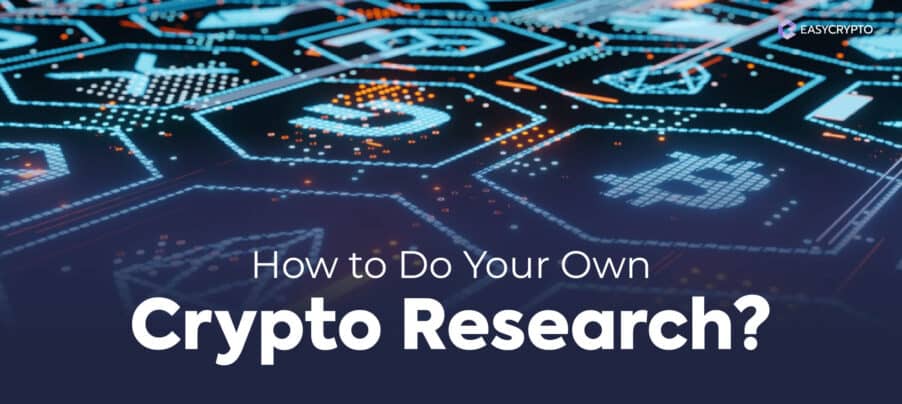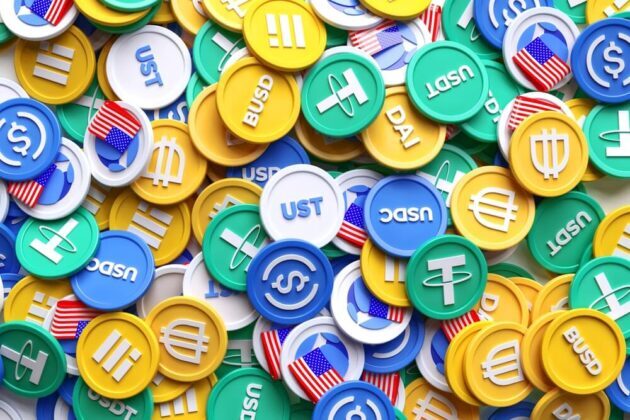What is Blockchain Technology?
Take a closer look and learn everything you need to know about blockchain technology, how it works and its implications for the future.
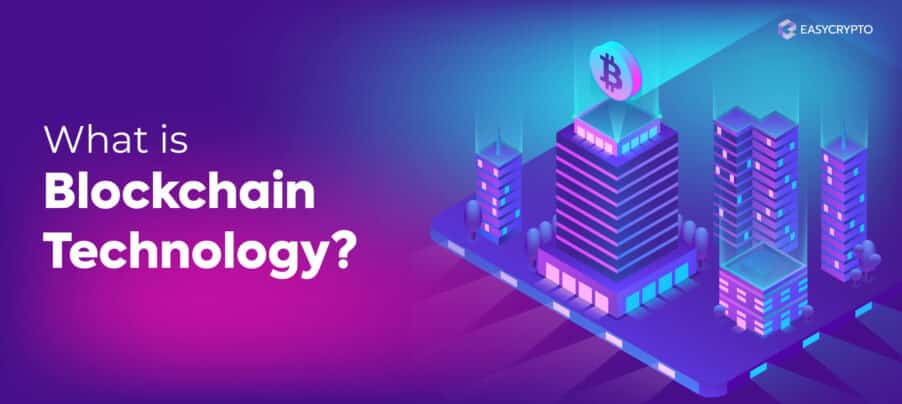

You’ve probably read or heard about blockchain on the internet and social media sometime in the past few years or so. It’s a buzzword that’s often associated with cryptocurrency, Bitcoin, NFT and DeFi and other crypto-related jargon.
We’re here to help you take understand and take a closer look at blockchain technology, how it works and how it’s poised to revolutionise the way we transact, secure data, and interact with the internet in the future.
What is blockchain technology?
Now, blockchain may sound like an obscure internet jargon, but the core concept behind is quite simple if we break it down.
Simply put, blockchain is a type of immutable database that stores information in groups of blocks that are then linked together to form a chain – hence the term, blockchain.
These chains of blocks are stored and validated on a decentralised network of computers around the world. In essence, blockchain is a global digital ledger that records every transaction on the network. This system of decentralisation is what makes blockchains immutable and secure.

This allows anyone with access to the internet, the ability to view and validate the records independently inside the blockchain, rather than rely on that single central authority.
The records can be anything, any piece of data, for instance: personal information, ownership of things, or an exchange of money. This is how blockchain technology is a core concept of cryptocurrencies.
Think of blockchain like a Google Document – one that is publicly visible and shared with everyone. This Google Doc records every single transaction that has ever been made and will be made in the future. Any addition to the document is permanent and visible for anyone to verify and validate.
New to crypto? Start with our fundamental guide on cryptocurrency.
Key points of blockchain technology
Now that we have a working definition of blockchain, below are some key points to keep in mind regarding blockchain technology.
- Blockchain removes the need for intermediaries such as banks, centralised institutions, that may place an unnecesaary amount of bureaucracy on the users.
- Facilitates a low-friction experience for global peer-to-peer transactions or transfer of data.
- A decentralised blockchain like Bitcoin is virtually censorship-resistant.
- Blockchains can store more than payment data, and you could record theoretically anything in a decentralised fashion on these networks.
For these reasons, blockchain technology can dramatically reduce the cost of peer-to-peer transactions, as well as massively speed them up.
Aside from payments, blockchain technology is expected to hugely impact the future of automation, ownership, and computing.
Blockchain technology is known for its strong security methods
Blockchain technology stores the data in blocks and on the completion of each block, they are linked to the next block to be filled with data.
Their linking is in a chainlink kind of format, therefore, the name “Blockchain”. When the block is filled, the security key for the filled block is dropped right into the new block that will be chained to it.
This way, it is completely impossible to access block A without having to tamper with block B which means that block C has to be tampered with, and on and on like that.
For a hacker to have a chance at making the slightest tweak on the blockchain network, they will need to have access to at least 51% of the blockchain network.
Given that tens of thousands of computers, known as miners are permanently mining, it is impossible to get access to 51% of tens of thousands of computers. Herein lies the security of this amazing digital technology.
Decentralisation
Blockchain technology runs an open-source democratic system of operations whereby every stakeholder on the blockchain network has a say on how the systems are operated.
No single entity owns the platform and they do not report to any central authority.
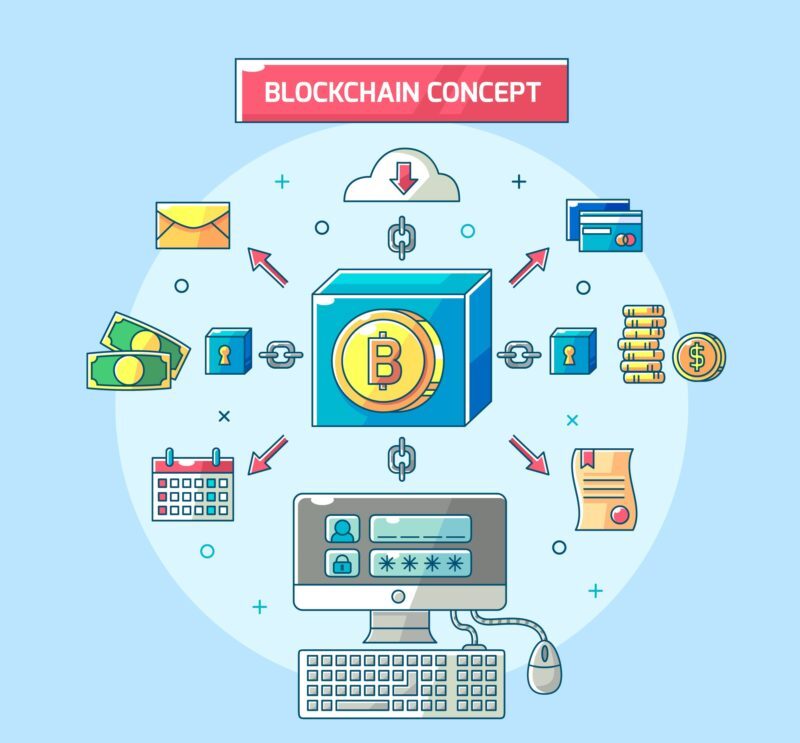
Thousands of computers planet-wide contribute to confirming transactions and earn a reward for this work which is called “mining”. The reward for mining are fees, paid by users of the system.
Also read: Learn the different blockchain networks.
What’s so special about blockchain technology?
- The first blockchain created was for the digital currency Bitcoin, and from this virtual currency, we effectively solved the double-spending problem. Until Bitcoin and the first blockchain, ‘digital’ was not synonymous with ‘scarcity’, and anything on the internet could be copied at the click of a button.
- To work, money can’t be copied and pasted, or else the whole system would fall apart. The Blockchain that was created for Bitcoin was the first time in history we figured out how we could send two bits of data to the same recipient at once – and only one would be authenticated and verified as the legitimate transaction.
- Blockchains are useful for much more than facilitating payments and storing transactional data, as theoretically any data consisting of ones and zeros can be stored on a blockchain.
Blockchains can be decentralised, just like how the Bitcoin blockchain is. This means that around the world, there are hundreds of thousands of computers and individuals lending their computational power to the network, resulting in it having no one central geolocation or weak point.
There are over 100,000 computers running the Bitcoin network around the world, meaning that as long as there is one person running still running a miner on the bitcoin network, the Blockchain and data inside it will live on.
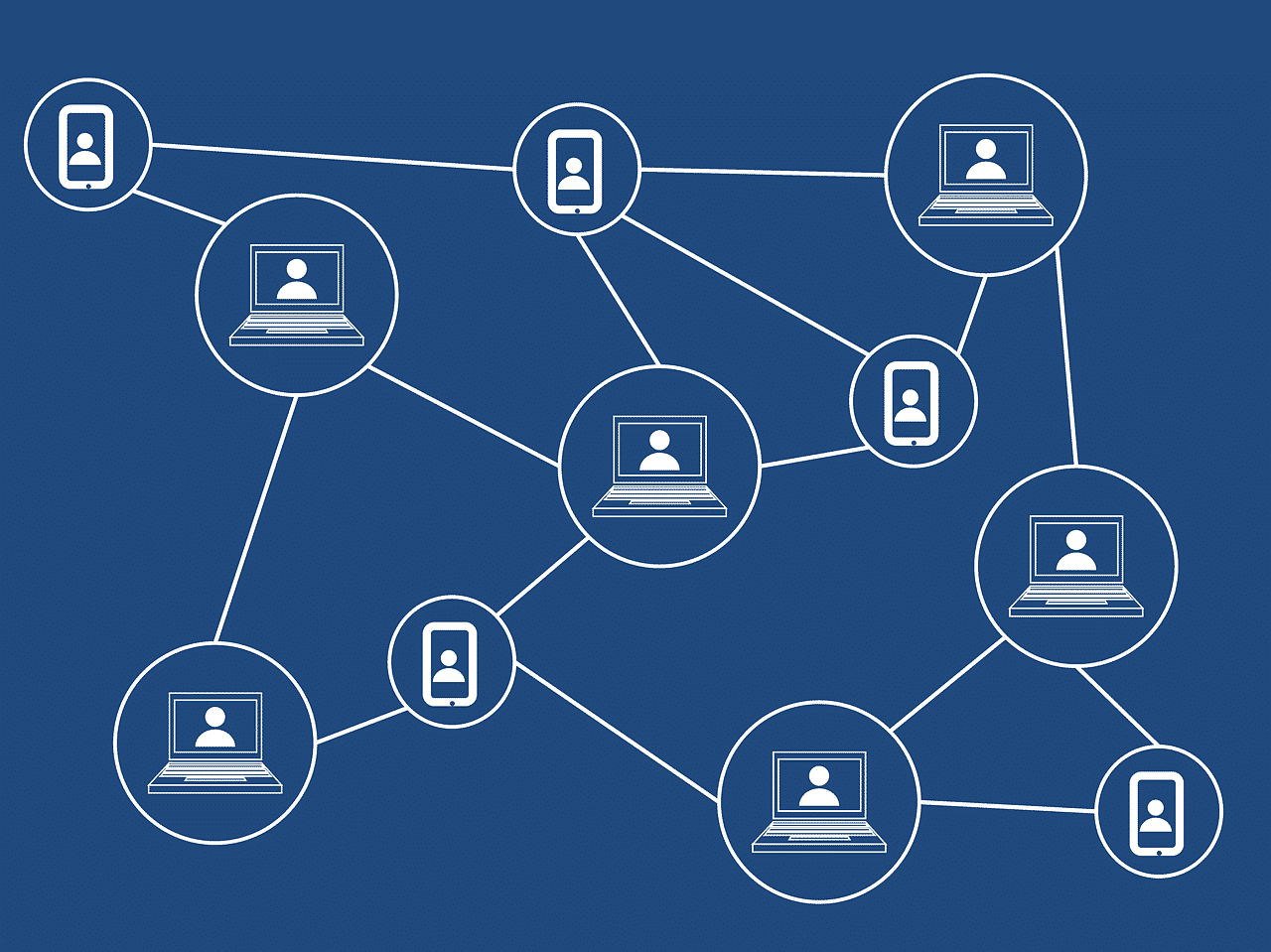
Blockchains like Bitcoin’s are held up by ‘Bitcoin miners‘. These are individuals or organisations around the world who independently run computers that autonomously facilitate, verify and execute transactions on the Bitcoin blockchain.
Every time a miner facilitates a payment, they receive a tiny cut of the transaction, hence why there is a tiny ‘transaction or network fee’ when you make a Bitcoin payment.
These transactions are not authenticated by a bank or government, but rather by mass collaboration powered by collective self-interest.
How will blockchain change money?
The way we send money has not changed in decades, and these outdated methods are starting to bite us hard in the butt.
When you send your money, it is likely it will go through about five different intermediaries to process and authenticate your transaction.
This turtle race can take between four days to two weeks if you’re trying to transfer money across international borders.
With blockchain technology now in our hands, we can send large payments within seconds, anywhere in the world, with extremely low fees and zero intermediaries putting their hands in our pockets.
Blockchain has the utility to completely reform the infrastructure for cross-border payments, but this revolution is still in its infancy.
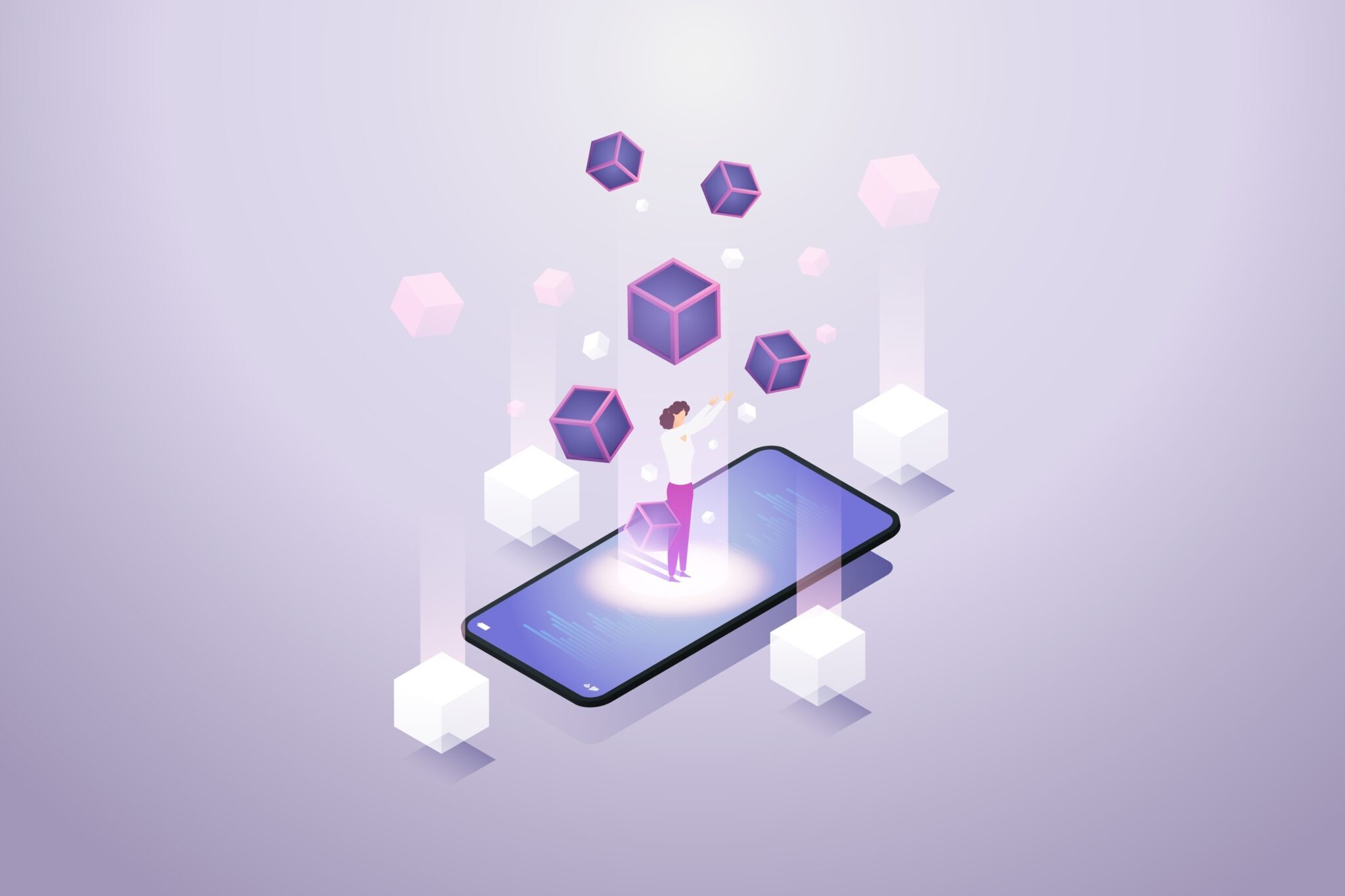
The world’s current largest payment system when it comes to volume is the SWIFT system, a Belgium-based organization that processes around 5 trillion dollars per day, or over 1.25 quadrillion dollars per year.
These are mighty numbers in comparison to bitcoin, which has only moved 3.5 billion dollars in metric volume within the last 24hrs on the day this article was written.
To add to this, central governments can print and destroy money as they like, however, cryptocurrencies have a pre-set supply, such as Bitcoin’s 21 million.
Some people like to pass this technology off as a fad, or a scheme of getting rich quickly, but the reality of it is that these coins are the closest thing we have to a universal currency, and they are not going away any time soon.
Banking the unbanked
Currently, in the world, there are a whopping 1.7 billion adults who still don’t have access to a bank account.
This means they are either already dealing in total mobile payments, they only have government-issued fiat, or they have no medium of exchange at all. This strikes up multiple issues such as security, convenience, government-induced volatility and lack of control over who rules your money.
Now with the number of cellphones accessible to the masses shooting through the roof, electricity accessibility and costs better than it ever has been, and internet access expanding every day, providing accounts and economic independence to this gigantic invisible population is now on the cards. Think of the benefits to these people and the world economy!
Blockchains have made digital assets genuinely scarce
Cryptocurrency like bitcoin has also done something that we have never been able to do before; add real value to the bits and bytes in our computer.
Before bitcoin, ‘digital’ was not synonymous with scarcity. Anything digital could be copied with the click of a button. A quick look at the music industry and album sales tells this story convincingly.
Now that we can genuinely distribute information between computers in a one-way direction, we have created a whole new genre of digital assets; Cryptocurrency, which is nowhere at all paramount in metric value to any of the other major asset classes, yet.
Clearly, from the infographic below, you can see that the monetary value of cryptocurrency still has plenty of space for growth. Good thing there is a finite supply of crypto! 😉

Another under-rated application of blockchain technology to the worlds financial theatre is how accurate these transaction records are, and what this can do for book-keeping and accounting.
Because the blockchain is a fully contained record-keeping system in itself, the ability to automate this data is expected to make a profound impact on the quality and ease of modern accounting.
This is just the tip of the iceberg for blockchains application, so what else can we do with blockchain tech?
How is blockchain going to impact supply chain?
Over 100 years ago, supply chains were relatively simple. This is because commerce was local, but jumping to 2018, supply chains have grown to be incredibly complex.
Supply chains can have over hundreds of stages, multiple hundred geographical locations, and a multitude of payment systems and several entities and individuals involved.
This has made it incredibly difficult for customers or buyers to truly know the value of products due to a significant lack of transparency.
It is also extremely difficult to investigate these complex systems for suspicion of illegal or unethical practices, but this may not be the same for long.
Blockchain infrastructure has the ability to bring all transactions and operations into one transparent system, where products like bacon can be tracked from the shelf at your supermarket all the way back to the location that the pig was born.
This technology is expected to make a significant impact on all logistics systems all over the world to improve efficiency, speed, transparency, and control.
Blockchain technology in combination with supply chain will profoundly increase the standard for ethical business practices worldwide.
For-profit and non-profit organizations would be expected to operate with total ethicality, as all supply chain information could become public, including who they employ, who they are paying and where their products are going and coming from.

Waste emissions would become a matter of public knowledge, and companies would not be able to make dirty deals with other countries without civil unrest.
Political parties would not be able to take dirty donations and charities would have to fulfill the expectation that their money is going right where they say it is.
What is a blockchain smart-contract?
A smart contract is a computer protocol intended to digitally facilitate, verify and enforce the negotiation and execution of a contract.
Smart contracts allow the performance of credible transactions without the need for third parties, such as banks, financial institutions, or governments.
Smart contracts, unlike a standard contract, can operate and execute events autonomously based on a sequence of If / then / therefore protocols.
A company or government can feed information into these smart contracts, and the contracts themselves can execute specific events autonomously based on the information received.
Rather than having to rely on a third party such as a law firm, you can program a smart contract (or get someone to program it for you) to facilitate an agreement and ensure that the obligations of a contract are fulfilled, in a peer-2-peer fashion.
Here is a basic example of a smart contract:
You’re wanting to pay somebody to remove snow from your driveway, and you find someone online that is willing to do the job. You don’t know this person, so there is no way you can 100% trust in their ability to get the task completed.
You are wary about paying upfront, and the snow shoveler is wary about not getting paid after. You want to pay 60$ for the job, and you expect it to be done in 3 hours. This is where a smart contract would come into play.

A smart contract would be set up as a middle man between your own crypto wallet and the snow shovelers wallet. The conditions of the smart contract are set up so that you initially send 60$ to the smart contract to hold in escrow.
The smart contract is programmed to only send the payment to the snow shoveler once both you and the shoveler tell the smart contract that the job has been completed. If the job is not completed by a certain time, the money will be sent back to your wallet.
This seems like a great way to ensure the commitment and execution of an agreement, however, there are several faults in this scenario.
What if your snow shoveler brings a flame thrower and melts all the snow in 30 seconds, and that doesn’t sit well with you? What if you weren’t happy with the final job but the shoveler still put in the hours?
Due to this reason, it is better to host the smart contract between two parties where outcomes are predictable, such as a supply chain computer system or database.
Smart contract utility goes far beyond shovelling snow, and to some, smart contracts are seen as the spearhead technology of our transition into the digital age – among other applications of blockchain technology/
What is blockchain digital identity?
Identity is a critical component of service delivery, but relying on physical identity in our digital age has become not only inefficient but more importantly unsafe.
Physical identity has become a breeding ground for identity theft, fraud, and hacking, and blockchain tech can provide a better way to let a system know that you are really you.
You probably have about a billion different usernames and passwords for about a billion different accounts on websites or services, and this can be extremely inefficient, unsafe and downright annoying.
You also don’t own your identity on these services, and revoking permission to hold your information from these organisations can be a massive pain in the ass.
Blockchain backed digital identity could provide you with full control over who has your information, as well as manage ownership rights to various forms of assets that are currently scattered around various organisations in your name.
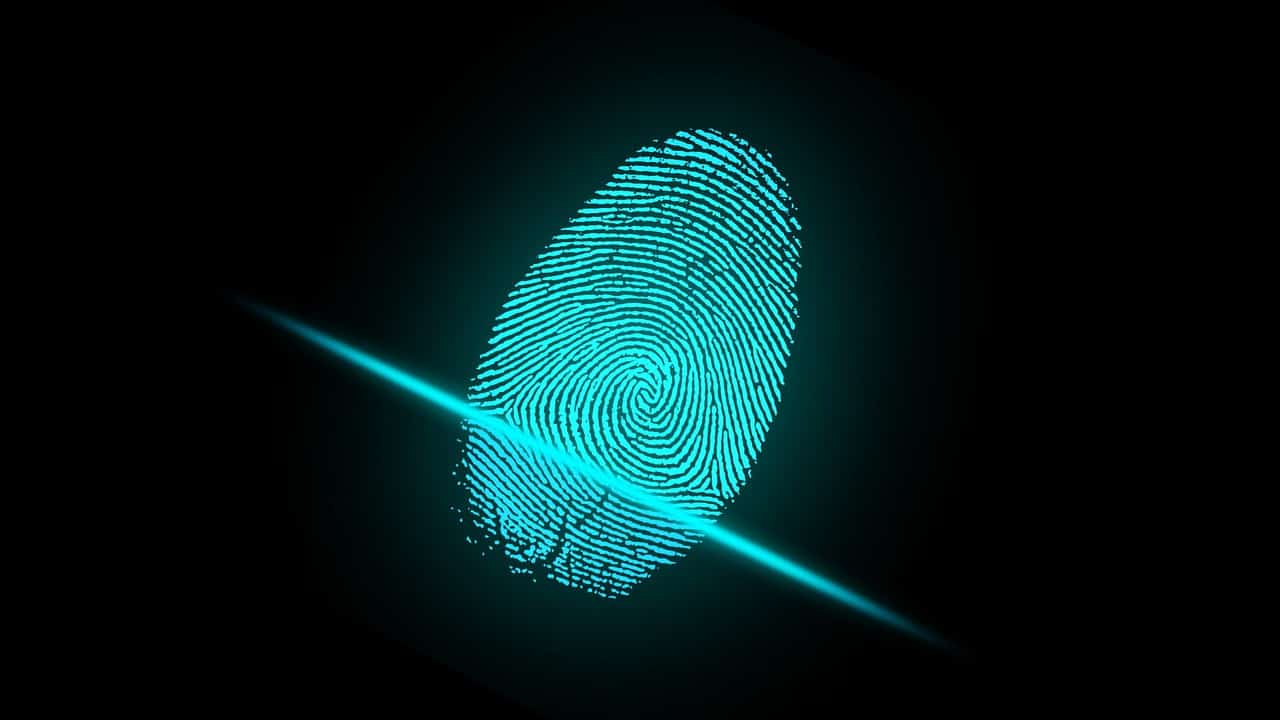
Digital identity is like a digital watermark that can solve our data ownership problem, and identity ownership is just the beginning.
As we progress further into the digital ID realm, we will have the ability to link up ownership of other assets to our digital identity on the blockchain, such as the ownership of our cars and the deeds to our houses.
Consequently, this will also mean we can track the history of the vehicles or real estate down the day they were built, the year they were serviced and the inherent value of these assets.
Blockchain backed digital ID can be linked a plethora of other forms ownership, such as intellectual property, debt, equity, voting, communications, and of course, money.
Takeaway
With that said, what are your thoughts on blockchain technology? Just like the internet was in the early days, blockchain technology is set to revolutionise the way we communicate, transact, and interact with the digital environment in the future.
Make sure to explore more topic on our Hub to learn how blockchain is being used in different applications!
Share to
Stay curious and informed
Your info will be handled according to our Privacy Policy.
Make sure to follow our Twitter, Instagram, and YouTube channel to stay up-to-date with Easy Crypto!
Also, don’t forget to subscribe to our monthly newsletter to have the latest crypto insights, news, and updates delivered to our inbox.
Disclaimer: Information is current as at the date of publication. This is general information only and is not intended to be advice. Crypto is volatile, carries risk and the value can go up and down. Past performance is not an indicator of future returns. Please do your own research.
Last updated October 11, 2022




